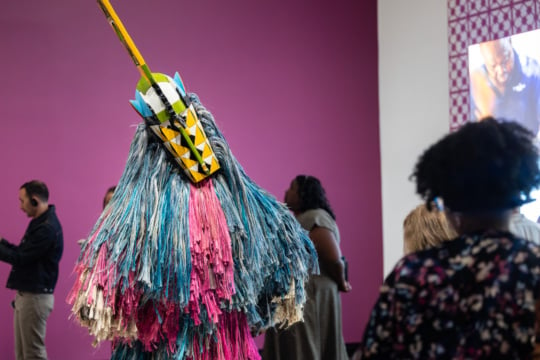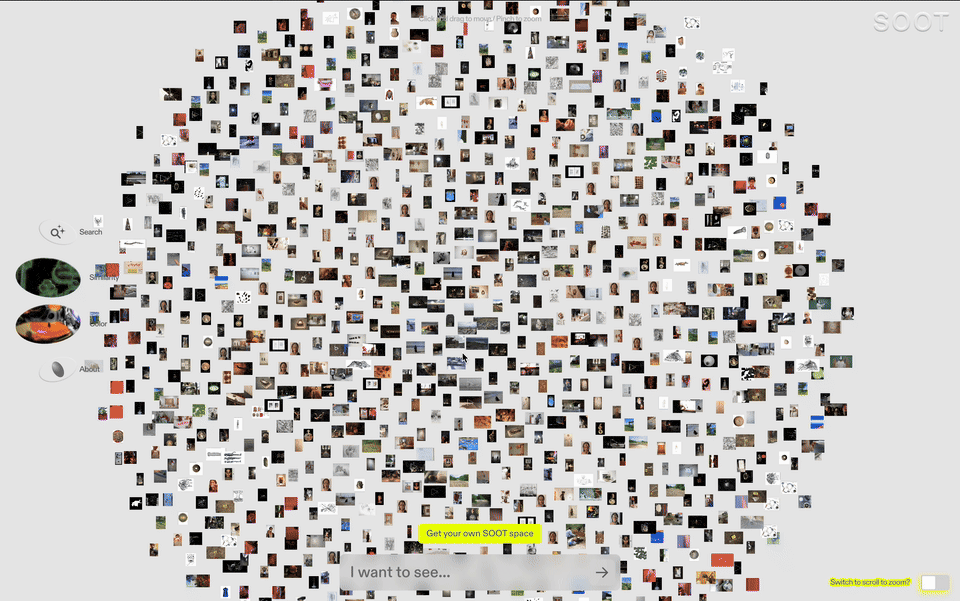
The images in this feature are interactive and can be clicked to explore more in detail.
Art is long, life is short, goes the Ancient Greek wisdom that has become a petrified platitude. Since the advent of the Western concept of authorship, an artist must figure out a way to extend the perishable material in her possession in order to overcome the finiteness of the ephemeral flesh. Each new turn in media and form coincides with a fresh take on the creative ‘I.’ Houston-born artist Angel Lartigue’s reflection of the self as a continuation of queer and migrant DNA seems to be squarely contemporary. 23andMe traces one’s heritage down to a percent, and genetic engineering creates moral panics and mass satiation through the use of GMOs. In this landscape of gene splicing instrumentalized for fun and profit, it is easy to squish human complexities into a selection of technocrat stats. Lartigue engages science and works in the mediums of performance, sculpture, and drawing with an uncanny intuition, as she connects heavy social histories of marginalized communities with original rituals that preserve the weight of the past and point the way forward.
Brooks County, Texas, is the site of the most deaths among the migrants who are crossing the border on foot1. Due to the area’s homogenous landscape, people crossing the border often walk around in circles, or fail to procure water during the summer and die of dehydration. Falfurrias, the county’s seat and a town of 4,500 people2, can’t cope with the area’s deserved reputation as a modern Death Valley. A community organization, South Texas Human Rights, operates out of Falfurrias to install water stations in the county and make sure that the human remains, scattered over its 944 square mile expanse, are investigated and accounted for. It is through her volunteer work with the organization, starting in 2015, that Lartigue became interested in forensic anthropology, a discipline that supports the identification of bodies. She already made work that used the land and organic material, but after her work with the South Texas Human Rights, Lartigue’s art was transformed into a hybrid practice where humanitarian concerns met queer performance, hard science, and magical realism. “I was absorbed by that space,” she says of volunteering in Falfurrias, “it was more of a calling, because one of my family members did disappear there.”
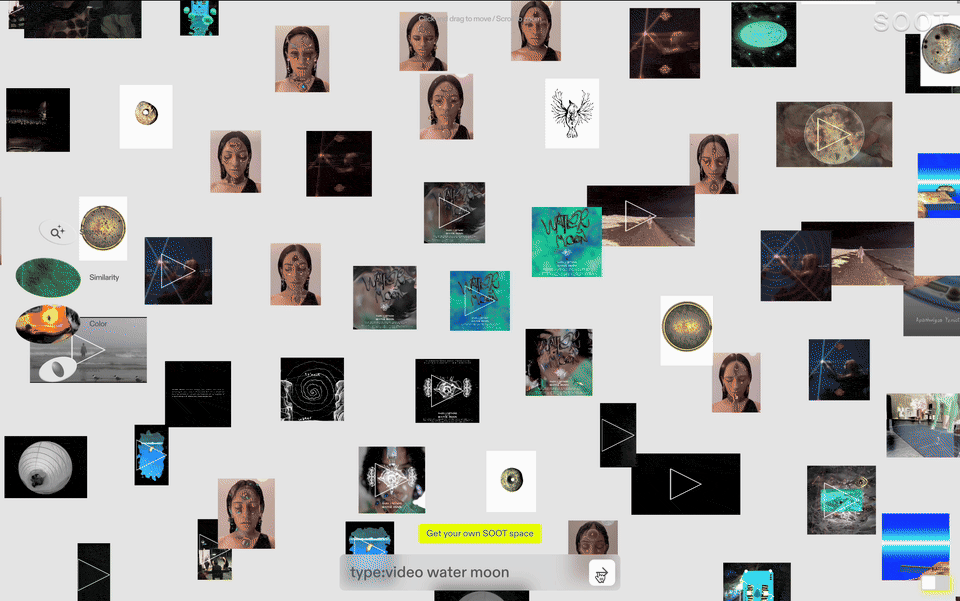
To effectively help the organization, Lartigue took courses on forensic anthropology, spending time on a body farm to learn how different environmental factors affect a body’s decomposition process. With this morbid expertise, rarely practiced by artists since the anatomy books made corpse dissection obsolete, Lartigue made drawings that echo real documentation of South Texas Human Rights’ findings. She also observed the behaviors and types of maggots, which are indicators of a body’s estimated death. Images from that work migrated into different parts of her aesthetic, most notably, the visuals are present in several prints she used to design performance costumes. The experience has also given her an umbrella term Lartigue uses to describe her sphere of interests, “putrefaction,” a word she prefers over death and decay as a more generative term, free of the finality of death, stepping over the border of individual expiration.
One work addresses the geography of Brooks County directly. According to DataUSA, the region’s population is 89,4% Hispanic, and the area contains several landmarks of Mexican-American culture. In 2019, Lartigue chose the Falfurrias-based shrine of a Mexican curadero, Don Pedro Jaramillo, as a location for Water Moon, a performance in which she injects herself with estrogen. Don Pedro healed with water, and for Lartigue the process of gender transition collided with folk shamanism, in that she was “injecting the shrine, the space” into her body.
Lartigue is first generation American, both of her parents are from Mexico. “There was no script in front of me,” she says, “so a lot of it I had to figure out. Nobody expects you to be an artist when you’re first generation.” Creating an online persona through the nascent social media technologies helped Lartigue forge a practice that cut through family expectations and societal pressures. Sneaking into a gay club in a Mexican-American neighborhood in her native Houston when she was just fifteen-years-old, Lartigue remembers her encounter as foundational: “There were trans women there. I cherished seeing that before I knew anything about gender and art. But I felt it is the right direction.” Later, when she created a persona of Sub Scientist and made performances in and around queer clubs, it felt like a homecoming. “I felt so comfortable maneuvering and creating work for those spaces,” Lartigue says, “as it came from there.”
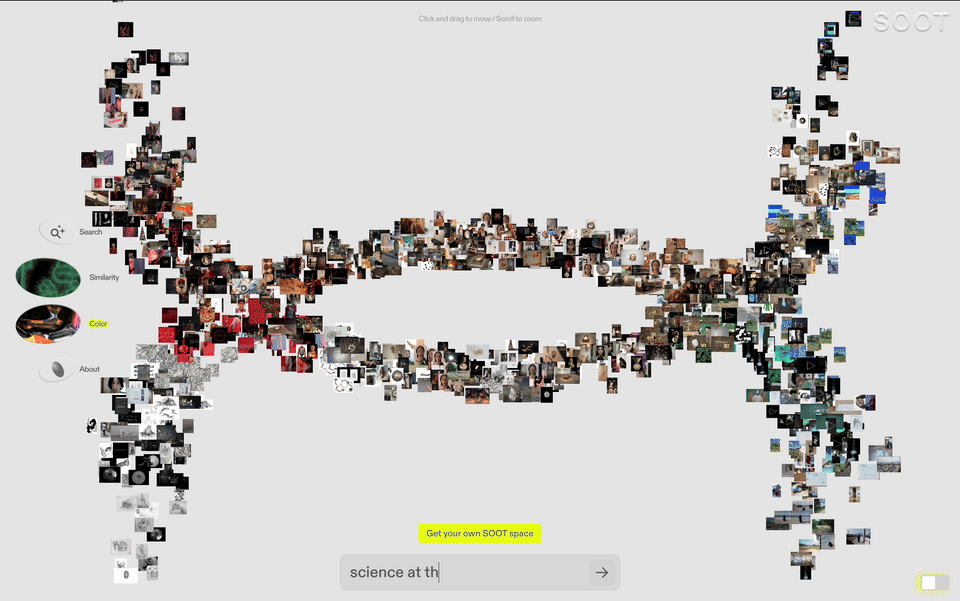
As Sub Scientist, Lartigue chained herself to the walls of different queer spaces in Texas and collected DNA through the spit of the participants. “People are already sharing a lot of bodily fluids in the club,” she says, “so that did not feel like an overreach.” In this series of works, titled Science at the Club, Lartigue strives to emancipate lab knowledge and bring it to the people who would never identify with academia. In due course, the Sub Scientist persona moved to exhibition spaces, where Lartigue built installations that resembled both altars and makeshift medical posts. Viewers were invited to engage in further collection of DNA by way of taking vials from abstract lumps of wet clay. Lartigue arranged some of the bio-material in small burned clay sculptures that resemble portals or abaci with vials hanging in rows over a piece of string.
In another forensic performance, Lartigue went to collect biological material from the bricks of a building in Houston that once was the city’s premier queer bar. She and a friend dressed up as flamboyant shoplifters, sporting masks and “petri purses”—instead of petri dishes—to collect the DNA of the ghosts of Houston’s gay nightlife. The street where the building stands, Westheimer road, is also the original location of the city’s Pride parade. Her own identity as a trans woman is a complicated matter in regards to the art she produces, bearing weight of presumption. “Even within the art world, people don’t know how to approach trans people yet, in terms of what kind of cultural production trans people are able to contribute to society,” she says. “I’m trying to expand what it means.”
“There was no script in front of me,” she says, “so a lot of it I had to figure out. Nobody expects you to be an artist when you’re first generation.”
Just as a body continues sprouting with new life even after death through putrefaction, Lartigue’s work feeds on itself and branches out into new and surprising forms. Her more recent drawings are not solely a riff on forensics. The drawings are complex depictions of her performances with added surreal elements. The artist calls the drawings “oracles” that show another facet of her work or a way forward to new variations. The drawings teem with spirits, skewed anatomies, and bodies in various stages that are transforming into animals or ancient Mesoamerican gods. She likens them to AI in that they give “a different pattern” to an already existing work.
At the moment, Lartigue is interested in going back to her very first series, made about the body and the land without the forensic elements. In the series from 2015, she photographs herself both as a naked, lifeless body, and as a fully-clothed witness. The new versions of this scenography are different in many key details. First, her body changed, as she is now post-transition. Then, the vast horizontals of Texas gave way to “violent capitalist architecture” of her adopted city of New York. She also poses as multiple bodies, as if looking at an open air mass grave. The artist’s self, again, becomes divided and multiplied, dead and alive simultaneously, though untouched by the chemistry of putrefaction. With her body of work and her work on the body, she looks at hidden pockets of death and rebirth in order to bring attention to the transformations of the disenfranchised. Statistics alone, horrendous as they are, cannot make the biographies of the dead real for observers. In presenting layers of biology, interspersed with spiritual visions and auto-fictional stagings, Lartigue finds new, transformative metaphors for border crossing.
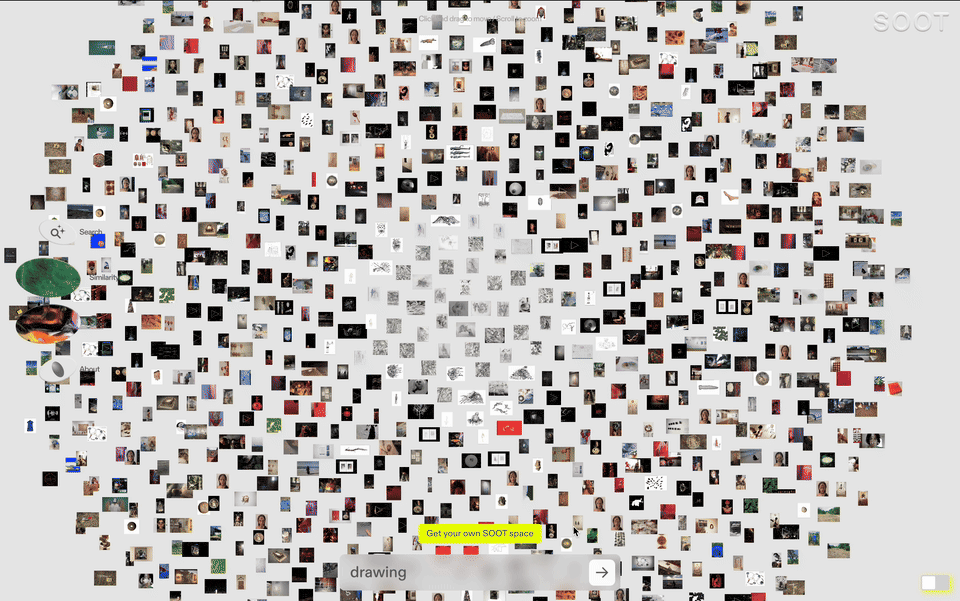
[1] Kelly Kimball and Christina Lu, “Will Biden’s Big Immigration Plans Address Migrant Deaths on the Southern Border?” Foreign Policy, February 19, 2021, https://foreignpolicy.com/2021/02/21/missing-in-brooks-county-documentary-biden-border-policy-immigration/.
[2] Data USA. “Falfurrias, TX | Data USA,” n.d. https://datausa.io/profile/geo/falfurrias-tx#:~:text=Falfurrias%2C%20TX%20is%20home%20to,any%20other%20race%20or%20ethnicity.
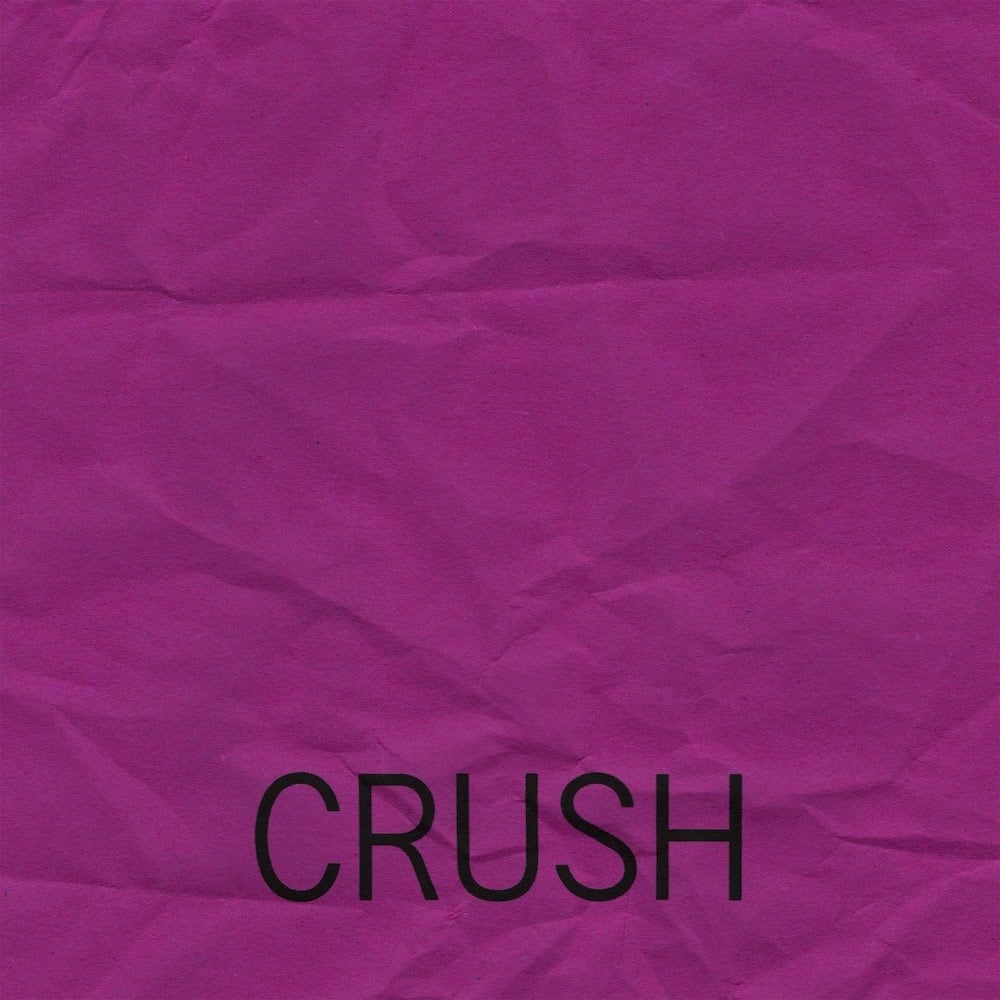
This essay is a feature release of Burnaway’s 2024 theme series Crush.

